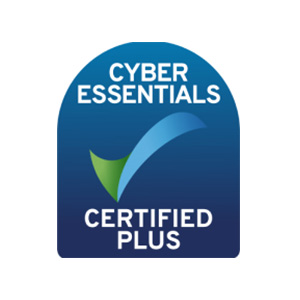In recent months we have seen a focus on Business Interruption claims relating to COVID-19 with the FCA test case taking centre stage. Although the importance of this decision cannot be under-estimtated, it is important that businesses ensure that they remain alert to issues that could lead to potential claims.
Furlough, lockdown and home working have all played a major part in the reduction in the number of claims. Ultimately we expect these numbers to increase again.
In this article Head of Claims, Andrew Taylor outlines likely areas for Employers’ Liability Claims, the effects on existing claims, who is targeting businesses and how COVID-19 could be used to the benefit of the claimant against your business.
An employer’s duty
Under current law, employers have a duty of care to employees. In simple terms they are tasked with making the workplace safe. An extract from the HSE website advises:
It is an employer’s duty to protect the health, safety and welfare of their employees and other people who might be affected by their business. Employers must do whatever is reasonably practicable to achieve this. This means making sure that workers and others are protected from anything that may cause harm, effectively controlling any risks to injury or health that could arise in the workplace.
It is worth noting that with all Employers’ Liability claims if an individual pursues a claim, they must still prove a breach of duty against their employer.
Areas of potential claims
While contracting COVID-19 within the workplace is the obvious area for claim, it should be noted the position over the last few months has meant consideration should be given to possible claims arising from:
- Employees who have been made redundant or lost income due to the downturn in business activities who have previously recorded an incident in the accident book may look to pursue compensation for those historic incidents
- Certain high-risk professions that helped respond to the pandemic, such as healthcare workers and frontline workers, for failure to provide adequate PPE
- Those infected as a consequence of the decision of an infected employee to continue interacting with customers, contrary to government and employer advice to self-isolate in such circumstances
- Failure to manage workloads following the reduction in staff numbers due to self-isolation
- Claims relating to employees negligently, and contrary to employer instruction, operating vehicles/equipment due to colleague absence they are not trained to operate
- Ergonomic injuries resulting from changing work environment/equipment
- Home working issues including inadequate equipment, in adequate workstation and stress
- Disability discrimination where sufficient allowances have not been made to accommodate
Evidence required for defending potential claims
In order for an employer to protect itself from any possible claims, as always documentation is key. A business will need to be able to show that it:
- Complied with all the Government guidance specific to their business and industry;
- Provided appropriate risk assessments that took into account risks to their employees and business;
- Showed that they had taken the appropriate steps to mitigate the risk of the transmission of COVID-19 within the workplace.
We are always interested to hear your views so if you have any questions or comments on this article or our approach to claims management, please get in touch.










